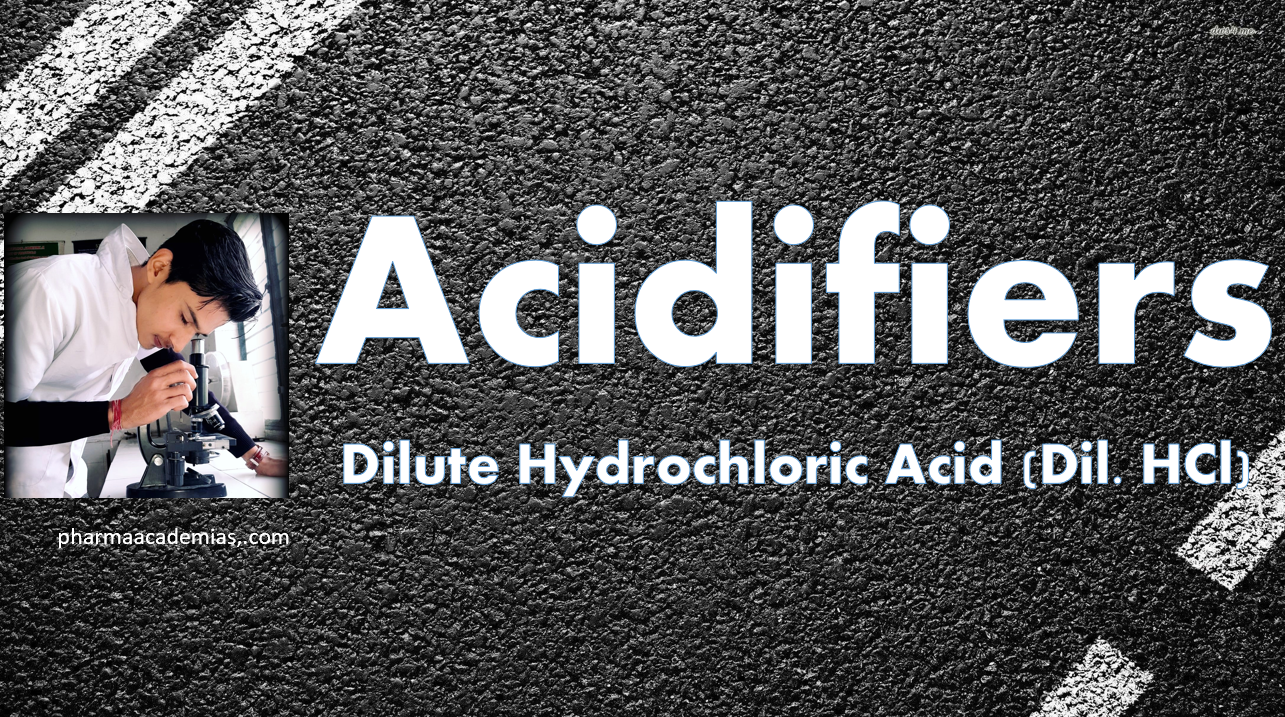1. General Methods of Preparation
Dilute Hydrochloric Acid can be prepared by diluting concentrated hydrochloric acid (HCl) with water. The concentration of the resulting solution depends on the ratio of acid to water. Typically, laboratory-grade dilute hydrochloric acid has a concentration of around 3–10%.
2. Properties of HCL
Chemical Formula: HCl
Physical Appearance: Colorless liquid
Odor: Strong and pungent
Solubility: Completely miscible with water
pH: Acidic (pH < 7)
Corrosiveness: Corrosive to metals and tissues
3. Medicinal Uses
Digestive Aid: Dilute hydrochloric acid is sometimes used in medicine as a digestive aid. It can help break down food in the stomach by providing an acidic environment conducive to the activity of digestive enzymes.
Treatment of Hypochlorhydria:
In the treatment of hypochlorhydria, healthcare providers may prescribe dilute hydrochloric acid supplements to support digestion when there is a deficiency of hydrochloric acid in the stomach.
Laboratory Reagent: In laboratory settings, researchers and analysts widely use dilute hydrochloric acid as a reagent for various chemical reactions and analyses. It finds common application in both qualitative and quantitative analyses.
Cleaning Agent: In industrial settings where the removal of mineral deposits is necessary, professionals sometimes employ dilute hydrochloric acid as a cleaning agent for cleaning and descaling purposes.
pH Adjuster: In certain medical procedures, dilute hydrochloric acid may adjust the pH of solutions or bodily fluids.
4. Precautions
Due to its corrosive nature, handling dilute hydrochloric acid requires caution. Protective equipment such as gloves and goggles should be worn.
Proper ventilation is essential when using or working with dilute hydrochloric acid to prevent inhalation of fumes.
Note: The medicinal uses of dilute hydrochloric acid should be under healthcare professionals’ guidance. Self-medication or misuse can lead to adverse effects. Always follow prescribed dosages and guidelines.

